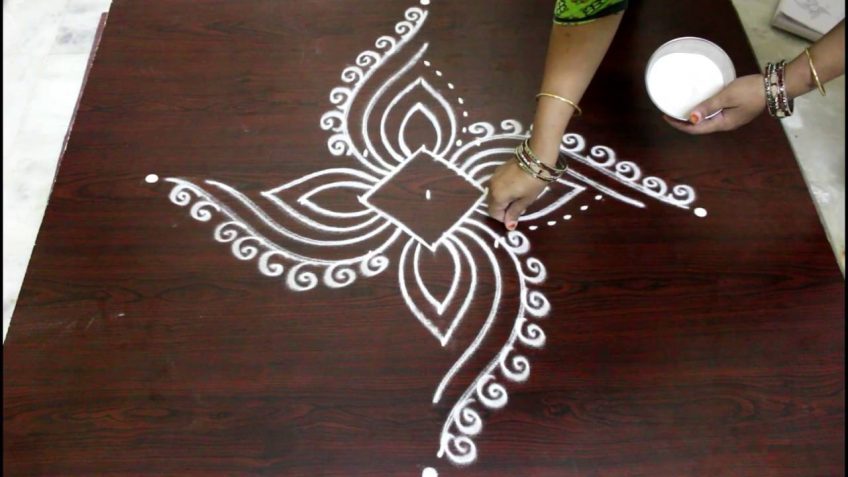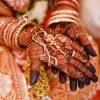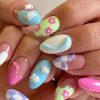Rangoli is a traditional design made of different materials for certain festive occasions in India. It is a type of folk art in which elegant and beautiful patterns are created on the floors of courtyards, entrance or living rooms. Most common materials used are flower petals, dried colour, coloured rice and coloured sand.
Rangoli can be created in different materials, designs and sizes. Whether you are aiming for some fun activity with your kids or celebrating a festival with élan, rangoli making is an activity to beenjoyed by amateurs and experienced hands alike. Make rangoli design with dots for some fun time.
Rangoli art originates from India. Its other common names are Kolam or Muggu. Rangolis are symbols of welcoming Hindu deities to the inside of your home. Some of the common Indian festivals in which Rangolis are created in the homes are Diwali, Onam and Pongal. They represent the grandeur of Indian tradition and heritage.
This rich tradition and heritage has been passed down hundreds of generations keeping them alive in Indian homes. The main symbolism of rangoli made in homes is to denote good luck. Rangolis are expected to bring good luck to the home and families living in the homes. Rangolis are traditionally made by women. (pawsitivelyintrepid.com) But it is not limited only to festival time. In fact, it is featured in all auspicious occasions such as birth of a new baby, marriage, ceremony for house warming, family gatherings and many such occasions of auspiciousness.
Here are some tips to guide you for making rangolis:
- The design of a rangoli may include any impressions of deities, flowers, geometric shapes, birds etc. It is left to the imagination of all individuals to create various designs that they like.
- Basic ingredients of traditional rangolis are dry or wet granulated flour, turmeric, vermillion and other natural colours.
- To enhance the beauty of Rangolis, in some cases, flower petals are used in profusion.
- For improving the decorative look of rangolis, lamps are lighted with using candles and diyas (traditional mud lamps).
- Major symbols used for making rangolis include varieties of birds like pea-cocks, parrots and swans, flowers like lotus and leaves of mango trees and in some cases, even human figures.
- The broad outline of the selected patterns is first etched on the floor using chalk. This provides a frame work to start working on the simple or elaborate rangoli design.
- The pattern for the whole rangoli can be created using reference of a particular picture or painting.
- After the broad outline is drawn, colours can be put in as per design.
- Basic colour used in a rangoli is white and is called as Chirodi. This is a base colour which can be dyed into several other colours which can make the rangoli colourful.
- Rangoli can be made through two different types of processes- wet and dry.
- Rangoli done by free hand is applied directly to the ground.
- Today, there are in the market, different pre-made colours of rangolis which has made rangoli creation more easy and versatile. With these, one can make easy rangoli designs with dots.
- Add a final touch to a Rangoli using traditional lamps and flower petals.
These are some aspects about making of rangolis.
Learn more about Car Service to Newark Airport from NYC newarkairportcarservice at newarkairportcarservice







